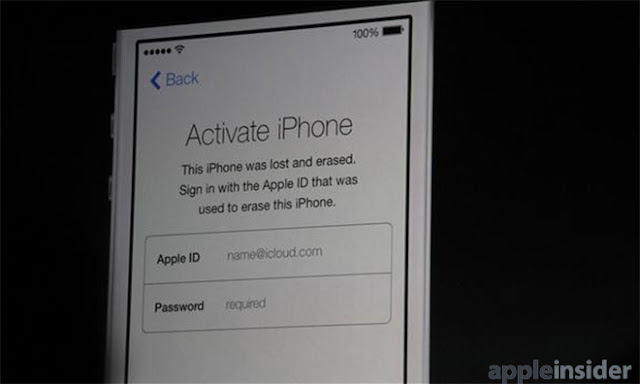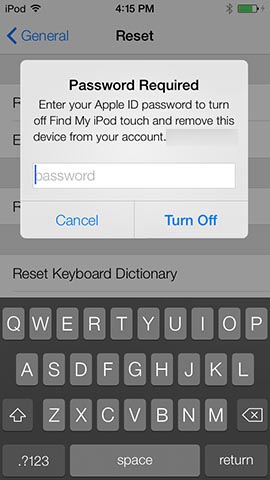But after Apple announced the new redesigned iOS 7 software at the WWDC 2013 on June 10, it became obvious that the iOS user experience has changed enough to merit a public re-introduction—a forward-looking discussion of the updated user interface and integrated apps.
Over the next week, our series on iOS 7 will look at every key section of Apple’s new operating system, starting with setting up iOS devices, the new Lock Screen and Home Screen, then continuing through other major UI elements and built-in apps. For a broad look at all of iOS 7’s changes from iOS 6, check out our big picture look at iOS 7, published on June 10, as well as our articles on iOS 7 setup, the Home Screen, and Lock Screen. Note that some features and graphics may change before iOS 7’s final release.
Find My iPhone: Find My iPhone is one of the most popular apps that Apple recommend to its users so that they can quickly recover their lost iPhones from anywhere. But the feature suffered from one very important weakness: anybody who finds your device can easily erase it, thereby removing almost all of the tracking and location features before turning it into a “good as new†product.
So Apple in iOS 7 hopes to fix this problem using a new feature called “Activation Lock”. A new feature in iOS 7 that effectively ties your iPhone, iPad, or iPod touch to your iCloud Apple ID even after it’s been completely wiped and erased. The idea here is to deter theft of iPhones and other iOS devices by rendering them all but useless to would-be thieves.
For those who haven’t heard about “Activation Lock”: It is a based in technology that has been used by Apple since the debut of the original iPhone in 2007. Every iPhone has had to “phone home†to Apple’s servers for authorization before it can actually be used. In the early days, this was a form of secondary carrier-lock, ensuring that devices were properly signed up for service with AT&T before they could be used. For whatever reason, Apple chose to extend activation to non-carrier iOS devices such as the iPod touch. In essence, until you plugged into iTunes and “activated†your device, it was essentially a brick.
Such Feature has opened the doors to a new security model. Since a device cannot be “activated†without talking to Apple’s servers, it’s now fairly easy for Apple to refuse to activate a device that’s still registered under somebody else’s Apple ID. Apple is now preventing third-party developers from using Unique Device Identifiers (UDIDs), but it still has access to a virtual serial number that identifies a given device, and can associate it with a specific Apple ID.
Enabling activation lock on your iPhone running on iOS 7 is not so easy, because there is no Settings for this feature, however. This is because Apple has transparently integrated this into the “Find My iPhone†app and related feature that has been part of iCloud and MobileMe for several years. The assumption seems to be that if you’re interested in tracking your iPhone, iPad, or iPod touch, you’re likely also interested in using Activation Lock.
So here’s the deal, make sure to enable “Find My iPhone” on your device by going to Settings—> iCloud and then make sure to enable “Find My iPhone”. By doing this it can no longer be turned off without supplying the user’s iCloud password. This prevents the Find My iPhone feature from being too easily disabled, but now more importantly prevents the Activation Lock from being easily bypassed.
Location Services can still be disabled without requiring a password, but Find My iPhone will now automatically re-enable Location Services temporarily whenever the device’s location is requested.
That’s not all, as long as you are switching on “Th Activation Lock”, your iPhone can’t be restored through iTunes without specifically disabling Find My iPhone, which of course requires the iCloud password to be entered.
iOS 7 still provides an option for directly wiping an iOS device under Settings, General, Reset, however if Find My iPhone is enabled, the user will be required to enter the iCloud password before the device can be wiped. Doing this disables the Activation Lock as the user is obviously wiping the device deliberately.
Both iTunes and iOS prevent a device from being wiped normally while it has the Activation Lock feature enabled, which itself acts as a deterrent for the casual user. There are still ways to forcibly erase and restore an iOS device, however, and as a result the Activation Lock provides an additional line of security, preventing the device from being activated by Apple’s servers until the original owner’s iCloud Apple ID and password are provided.











